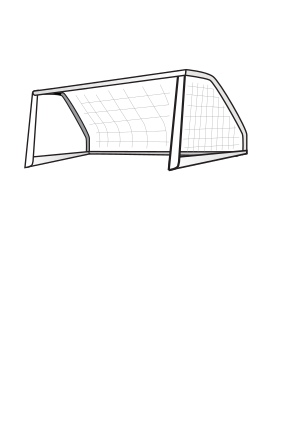To promote reflective teaching, the staff at TeachThought have created a list of prompts for teachers to respond to in their blogs throughout the month of September.
Day 1: Goals for the School Year | Day 2: Technology
I'm a do-er. I have a dozen lists posted in my office that hash out the detailed tasks of each project I've got going on, many of which I initiated myself. I have a daily to-do planner on my desk. I am a faithful user of the "Tasks" feature on Outlook. I go through a stack of sticky notes in a week. I have an entire notebook dedicated to ideas that hit me as I talk to my co-workers and read the Daily Lumina articles. So when it comes to my classroom, I like to come up with new in-class activities and projects.
I'm especially looking forward to this school year because it will be the first time in a few years that I'll have a class of more than a handful of students. The short story is that developmental classes in our institution are slowly fading away, so I've been asked to teach a few college-level classes. So, the great news is that I'll have at least two classes with double-digit enrollment; the sad news is that this is the first semester I won't have a developmental class on my schedule.
On the bright side, I now have some guinea pigs. Teaching developmental students is its own animal, and it often means I can't try out certain activities or technology and need to concentrate on the foundations (remembering a pencil, turning assignments in, coming to class every day, etc.) instead. This just means my own teaching grows in a different direction, but it does stifle how far I can push. My college-level classes not only provide me with a larger number of students to try out new ideas, but (ideally) the aptitude and attitude as well. I can actually do an article jigsaw and have students present 'best practices' according to those articles without the - or at least with less - risk of non-participation, wrong information, 30 second presentations, and spending more time teaching how to open the articles from a Google Doc than actually reading for important information.
This is hard for me to say because this is what I have heard from my fellow teachers for the last three years, and I've never really been able to have a regular faculty perspective. Although it's been as frustrating for me as it has for my colleagues, I've always been able to dedicate some class time to addressing those needs for prerequisite skills. Only now that I have a healthy schedule of college-level competencies to work through do I fully realize that frustration.
I also realize how much easier it is to gloss over those needs with lecture than risk exposing them with an activity. Active learning provides several opportunities for those weaknesses to pop up, and it's very tempting to assume and claim ignorance than stop the lesson, take the time to address a weakness, figure out how to help, and then get the momentum going again. For example, a group of students in one of my classes started their presentation on effective meetings by asking the class what makes a meeting terrible. I asked if one of the group members might make us a list on the board, and the student's weakness - spelling - became evident very quickly. If I had been the one leading the discussion and writing the list, that weakness may not have be exposed so easily. Perhaps in a writing assignment, but that means a lag in time, spell check, and careful choice in words that the writer knows how to spell.
So, my goal for this school year is to not try too much. As I said, I am a do-er, which means I often over-do. Specifically, I'm going to use a Google Site as a sort of 'technology home base' for each of my classes, which answers the Day 2 prompt of this blog challenge. I forced myself to choose one change so I could give it time to grow and be able to pay attention to how effective it is. This also seemed to be the most logical choice. My style lends toward supplemental materials - videos, handouts, articles - and this seemed like the perfect way to give students access without a lot of paper. I also have the perfect set of classes to try this out on: a small hybrid developmental and college-level class (lots of scaffolding handouts), a writing class filled with very intelligent students in our computer networking and web design program (built-in technical support), and an evening bachelor's level class that has the option for distance learning (easy access and communication).
Although what platform I use - Google Site, Blackboard, Moodle - may change in the future, the concept itself seems to be very effective thus far. The trick with educational technology is to use it as a tool, not a replacement, and this 'home base' appears to have purpose as such in my classroom. I've already got some ideas for how to build on this in Round 2, but I'm committed to focusing in on this one change for now.

No comments:
Post a Comment